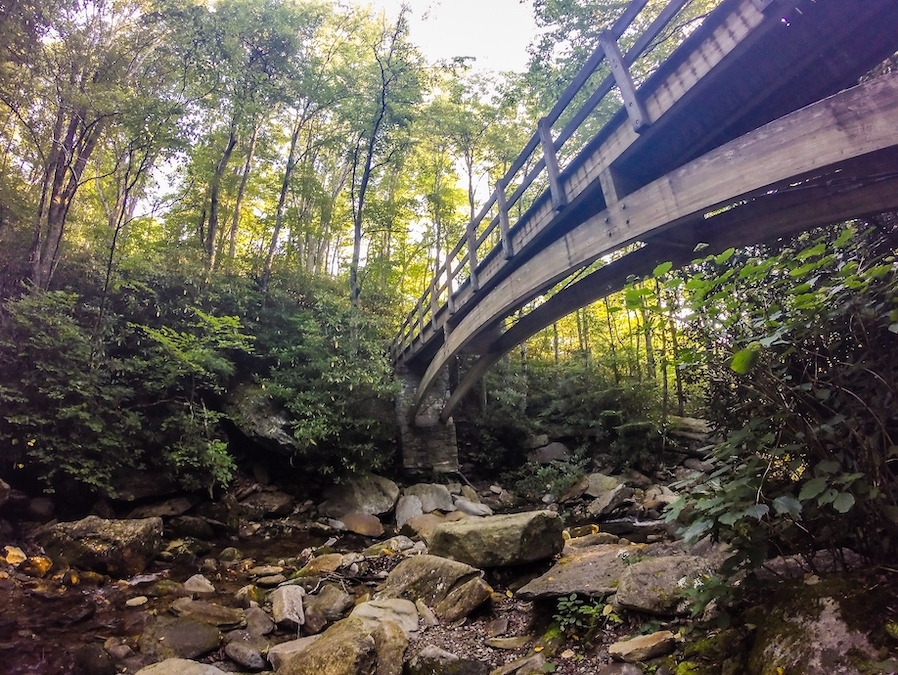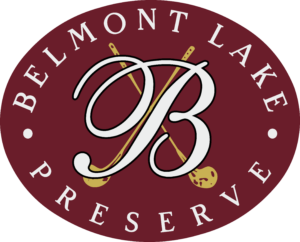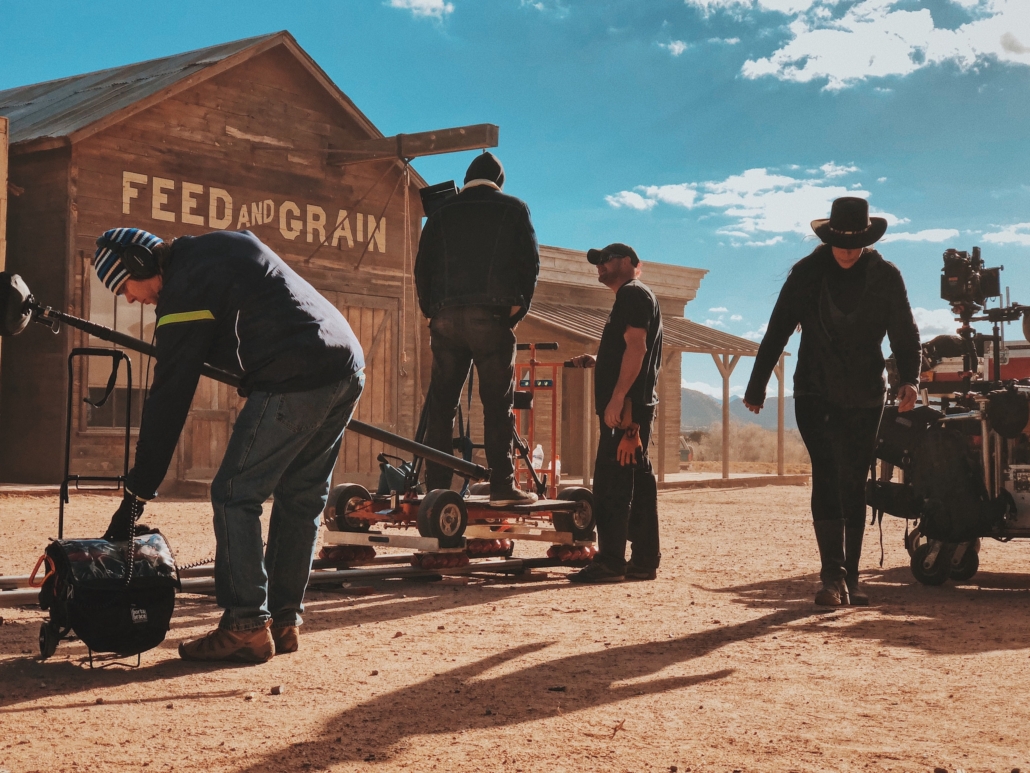Rocky Mount NC History
Rocky Mount NC History can been seen throught the city. The Rocky Mount Mill’s architecture showcases the strength and innovation of early mill workers through its graceful large brick arches and window openings. It tells a story of solid backs and stronger minds who crafted a community out of wild swampland. The historic landmark is home to R.J. Rockers Brewing Company and Rocky Mount Mills, an apartment complex. From its humble beginning as a small cluster of tobacco farms in the early 1800s, Rocky Mount has evolved into one of North Carolina’s livability cities and home to many historical landmarks.
Rocky Mount, North Carolina, has a rich history. One such landmark is Rocky Mount Mills, which was built in 1813 and showcases the strength and innovation of early mill workers through its graceful large brick arches and window openings.
Just a few miles south on Main Street is another historic landmark, the Rocky Mount Mills Village, which was built in the style of an “agrarian utopia.” The village contains a store and post office commission house and restored to its original appearance. It offers visitors a glimpse into early mill life and is listed on the National Register of Historic Places.
Another part of Rocky Mount NC history is the Rocky Mount Fair, which has been in existence since 1854. The Rocky Mount area fairgrounds are located on the south end of town and can be used for multiple purposes. One of these was hosting a 5k during the annual Fair Week in October.
Rocky Mount North Carolina, also known as the “City of Medicine” due to it having five hospitals, has a rich history that can be seen throughout the city. One historical landmark is Rocky Mount Mills, built-in 1813, and tells the story of solid backs and stronger minds who crafted a community out of wild swampland.
Another historical landmark in Rocky Mount, NC, is the Rocky Mount Mills Village which was built in an “agrarian utopia” by mill workers who wished to have a community for themselves when the workday ended. The village contains a store and post office commission house restored to its original appearance.
According to local tradition, the name of Rocky Mount is derived from a nearby cliff of rock named “Rocky Mount,” which rises to the north of the city. The name was first used for a village near the intersection of two Indian trading paths. One of the paths ran from north-south and was part of the Great Indian Warpath or Great Trading Path; the other ran east-west along the Peedee River. The village was first known as “Rocky Mount,” whence its name is derived; however, in 1831, the town adopted the name “Rocky Mount Mills” because of the establishment of a sawmill (the Rocky Mount Mill) that was located there.
Rocky Mount, North Carolina, has a rich history evident throughout the city. One historical landmark, Rocky Mount Mills, was built in 1813.
Abandoned & Little-Known Airfields:
North Carolina – Southern Virginia area, the 1930s
Rocky Mount had an essential impact on the development of aviator Charles Lindbergh. During his senior year in high school, he took a summer job with the Byrd Expedition, sponsored by brothers Richard E. Byrd, a famous explorer, and Harry F. Byrd Jr., who was then publisher of the “News-Argus” in nearby Goldsboro.
The expedition’s plane disappeared as it flew over the area, and Lindbergh volunteered to search for it on foot. He later wrote: “I knew every river and ridge and road and farmhouse between there and Norfolk.” As a result of his experiences, Lindbergh decided to become an aviator. He took lessons at the Wright Flying School in Dayton, Ohio, and flew solo for the first time on April 6, 1926. When he returned to North Carolina in 1927 to visit friends at The University of North Carolina’s School of Public Health, he took his first ride in an airplane from Rocky Mount.
Built during the early 1920s as a commercial airport, this stopover on one of the busiest airmail and passenger routes in the country was home to Eastern Air Transport and other carriers. In 1928 it was bought by Curtiss-Wright, which used it as its East Coast headquarters and a training facility for pilots, mechanics, and other personnel.
In the early 1930s, a new administration building was constructed at $75,000. It contained offices, classrooms, and an auditorium that was put to good use hosting civic meetings, dances, and concerts. In 1941 Curtiss-Wright’s contract was canceled because America entered into World War II, but the Army Air Forces immediately took over the facility to train cadets. More than 1,000 pilots a month were trained in Link trainers at one time.
Rocky Mount Mills
After the war, it became a public airport and still serves that function today, managed by Wayne County. Curtiss-Wright’s administration building is now the headquarters of Lee County Mosquito Control, and portions are used as a senior citizen center.
Rocky Mount Mills was incorporated as a town in 1831, then as a city in 1889. In 1911 Rocky Mount became an independent city and remains so today.
In 1901, the Rocky Mount Mills was purchased by the American Tobacco Company due to its expansion into a cigar and smoking tobacco manufacturing. In 1905, construction began on a new two-million-dollar plant to replace the original mill. The historic plant is now owned by Vector Group (the successor company to American Tobacco) and continues to manufacture cigarettes today.
Rocky Mount Mills was the site of a significant strike and organizing effort by the Amalgamated Association of Tobacco Workers in 1900. This effort failed, and laborers returned to their jobs at reduced wages.
In 1902, Rocky Mount became the newly formed Consolidated Cigar Corporation headquarters, and in 1916, the company built a new factory on West Nash Street to outgrew the Rocky Mount Mills facility. The West Nash plant ceased operation in 1980.
In 1907, Thomas Edison selected Rocky Mount to be the site of one of his first power plants, a hydroelectric dam located below the Tar River falls on the outskirts of town. Rocky Mount was chosen for its water supply and proximity to the coalfields, which were needed as a fuel source for making steam. In January 1908, construction began on this dam, which provided electricity to Rocky Mount and too much of northeastern North Carolina. This plant is still in operation today, with a capacity of 22,500 kilowatts.
During the 1920s, Rocky Mount became known as “Little Hollywood” because of its connections with movie stars and production companies. The town housed several silent film studios, including the Mayflower Photoplay Company, which produced the regional hit “The Land Beyond the Sunset.” Actors such as Mary Pickford and Rudolph Valentino stayed at local hotels between filming. In 1927, “The New Klondike,” one of the first sound films made in America, was shot on location here.

Rocky Mount also served as a backdrop for several motion pictures, including 20th Century Fox’s “Sergeant York” with Gary Cooper and Walter Brennan in 1941, starring Cooper as Alvin C. York. In 1942, the town was chosen as one of the primary locations for “The Shepherd of the Hills,” a film adaptation by Samuel Goldwyn Productions of the famous novel written by Harold Bell Wright.
Residents adorned their barns with authentic “Shepherd” lettering in anticipation of Hollywood stars Robert Young and Helen Hayes, who arrived in town only to be turned away at the train station because no one recognized them. The next day, however, they enjoyed a grand tour of the area with local dignitaries, after which they returned to Hollywood by train, never realizing that Rocky Mount had felt snubbed.
In 1973, the movie “Ode to Billy Joe,” a popular film with Roberta Flack’s hit song of the same name, used downtown Rocky Mount as a backdrop for many scenes.
In 1974, Universal Pictures filmed Miss Jane Pittman starring Cicely Tyson in Rocky Mount. Tyson was nominated for an Academy Award for her portrayal of Pittman, who grew up under the harsh conditions of slavery, survived emancipation only to face more hardship through the Jim Crow era, and lived to see women receive the right to vote. Scenes were shot at Old Main on the campus of what was then known as Nash Community College (now Nash Community College in Rocky Mount. The building was renamed Tyson Hall in 2012).
Rocky Mount has become a popular shooting location for Hollywood filmmakers because its downtown looks like another era. Many scenes from “The Color Purple,” starring Oprah Winfrey and Whoopi Goldberg, were shot here, as were scenes from the movies “Miss Jane Pittman,” “The Apostle,” and “Nights in Rodanthe.” The downtown area has been used as a backdrop for several network television shows, including “Diff’rent Strokes” and “Dawson’s Creek.”
Tyson Hall at Nash Community College.
Old Main at Nash Community College.
Cameo Theatre on Main Street.

The Rocky Mount Parks and Recreation system manages more than 100 parks, athletic fields, greenways, conservation areas, bike trails, historic sites, picnic pavilions, and playgrounds across the city. The Department also operates eight recreation centers within neighborhoods throughout the City of Rocky Mount.
Rocky Mount’s historic Cameo Theatre, the last “single-screen” theater in North Carolina, was built by local businessman W.F. Grant in 1929 and continues to operate as a first-run movie house today. The city has launched a revitalization campaign for this historic landmark.
In addition, several of Rocky Mount’s historic properties have been recognized on the National Register of Historic Places.
Rocky Mount is also home to the Rocky Mountaineer, a six-story building located in downtown Rocky Mount and containing 100,000 square feet of commercial space. The building was constructed in 2007 and opened for business on May 1. It is owned by Innovative Technology Partners, Inc., headquartered in Raleigh. The building is home to several blue-chip companies such as Sony, which leases over 50,000 square feet of space on the top floor.
Currently, Rocky Mount is undergoing a period of revitalization and development for its downtown area by expanding city services and developing the local arts community.
For more information about Rocky Mount’s history, check out www.visitrockymountnc.com.





